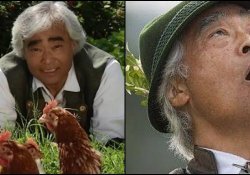Do you know how to make an origami paper crane? Do you know the meaning of the crane in Japanese culture? In this article we will study in depth and teach you step by step everything about the bird known as the crane and its paper origami.
Have you heard about the “tsuru” and its countless legends in Japanese culture? I believe that many people know what an origami is. Yes, those folds that are already part, or rather, are a part of Japanese culture.
When we think of origami, we think of various animals and different shapes. Tsuru, is one of the most popular among them, and is often involved with the country's folklore and legends.
Índice de Conteúdo
What is tsuru?
Tsuru is a Japanese sacred bird that in Brazil is known as Crane or Crane. To begin with, Tsuru can be thought of as a designation for certain types of birds. They are, for the most part, large birds, with long necks and long legs.
We recommend reading: Origami - A traditional Japanese art of folding paper
Their feather color varies between blue gray and white, and most of them have a kind of crest on top of their head like a dark red colored crown. They tend to prefer the plains, and because of their long windpipes, their sounds are loud.
Despite knowing that Tsuru is a group, they all have similar characteristics. Therefore, we will not use a particular species. So let's consider Tsuru as a unit so as not to confuse anyone.
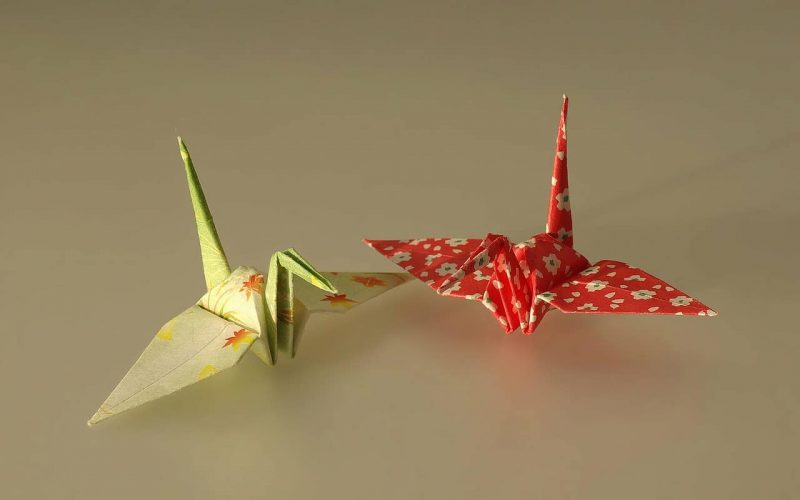
How to Make Origami Tsuru
Below we will teach you step by step how to make a Tsuru. There are several ways, some have more steps than others. In the image below you will find one of the best ways to do it:
- First Fold the paper in half diagonally;
- Then fold it again until it forms a triangle;
- Open holding on both sides until forming step 6;
- Fold on the dotted line to open;
- Open a flap and pull up, repeat on both sides;
- Just follow the steps in the image to get the tsuru shape;
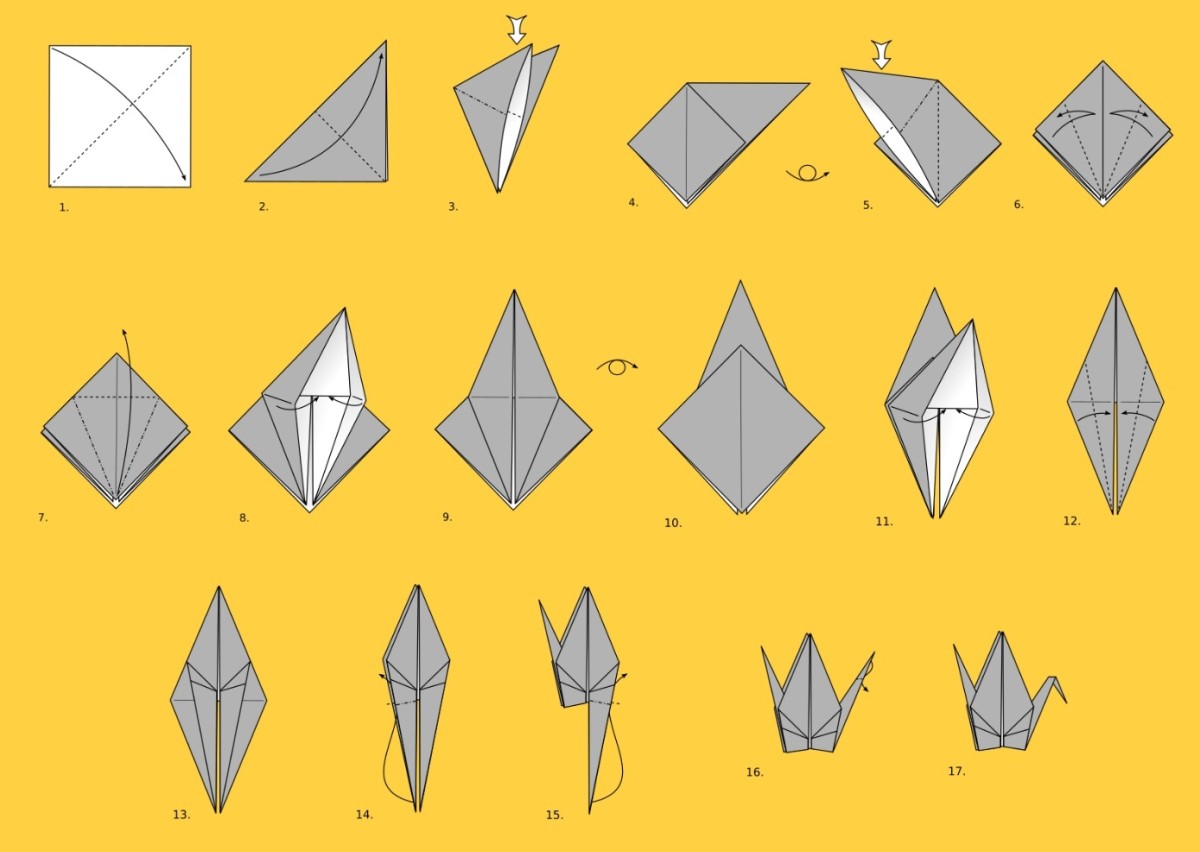
To also facilitate the step by step of how to make an origami paper crane or crane, see the video below:
Tsuru culture
It is possible to identify Tsuru in various cultures, such as in Greece, India, the Aegean, South Arabia, China, Korea, Japan, and the native American cultures of North America.
Such that we will give details below. But it is important to point out that their beauty and their spectacular mating dances have helped these birds to become highly revered symbols and known in various cultures since a long time ago.
crane in mecca
Even in Mecca, in pre-Islamic southern Arabia, Allat, Uzza and Manat were believed to be the three main goddesses of Mecca. Nothing important?
Well, we can quote then that they were called “three exalted cranes” (gharaniq, an obscure word where “crane” is the common gloss). I advise checking out “The Satanic Verses” for the most well-known story about these three goddesses. Don't worry, there's nothing like satanic rituals.
Just a philosophical discussion about some excerpts from the Quran, the book of Muhammad's religion.
Tsuru in Greece
Yes, even in one of the largest and most influential cultures in the world, the Tsuru find themselves. The Greek for crane is gerερανος (geranos), which basically means crane or tough geranium.
In this culture, the Tsuru was an omen bird, but it does not delimit whether it was a good or bad omen. In the tale of "Ibycus and the Cranes" or "Ibycus's Cranes", a thief attacked Ibycus and left him for dead, but it wasn't the reality.
So Ibycus called a flock of cranes that were passing by, who in turn followed the thief into a theater and hovered over him until, overcome with guilt, he confessed to the crime.
Tsuru na China
The Tsuru was considered an ancient Chinese legend. Tsuru is a symbol of auspiciousness and longevity, used in customary ornaments, for high-ranking officials since ancient times.
And we have to ask that various styles of kung fu are inspired by the movements of these birds in nature. And the movements are well known for their fluidity and grace. The most famous of these styles are:
- The Wing Chun
- The Hung Gar (Tiger Crane)
- The Shaolin Style Five Fighting Animals
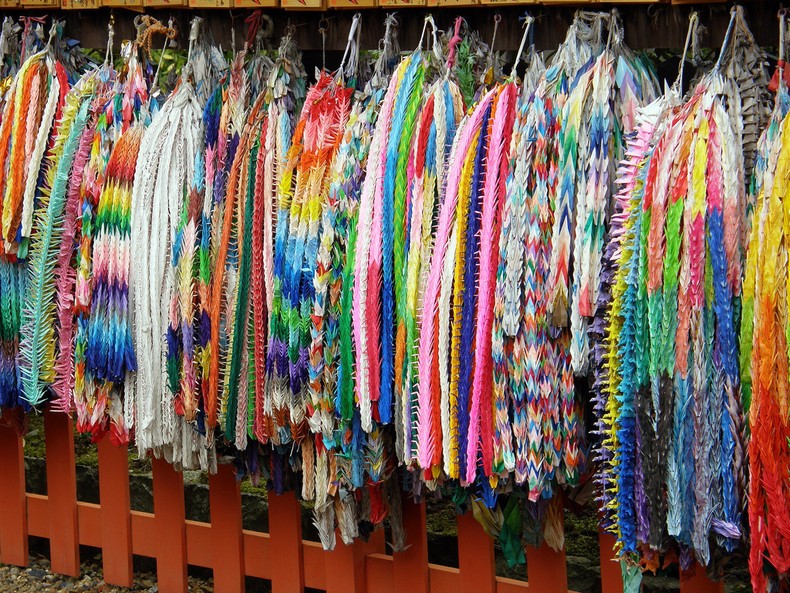
Tsuru no Japão
Across Asia, the Tsuru is a symbol of happiness and eternal youth. And as you might expect, the Tsuru appears in folktales in Japan. Where the crane is one of the mystical or sacred creatures along with creatures like the dragon and the tortoise. And the same symbolizes good luck and longevity because of its fabulous thousand-year lifespan.
This is all in addition to the fact that Tsuru is a favorite in the origami or paper folding tradition. For an old Japanese legend says that anyone who folds a thousand origami cranes will receive this bird's wish.
That is, folding a thousand sheets of paper and making a thousand Tsuru with them in order to fulfill a wish. Anyway, I don't know if it works, but be patient to fold mille-feuille, it wouldn't make sense if it didn't work.
This bird, after World War II, came to symbolize peace and the innocent victims of war. This through the true story of high school girl Sadako Sasaki and her thousand origami cranes. History that I will put in the last topic of the article.
We recommend reading: 15 Types of Japanese Art and Cultural Techniques
The article is still halfway through, but we recommend also reading:
History, Fables and Tales of the Tsuru
And to finish our article about Tsuru, let's put the legends that formed over time, involving this bird. Remembering that the stories may differ as they are easily modified by the folktale.
But I don't think there is a great distortion in the stories to the point of taking away all their original meaning. So, if you know of any variation of the stories that are here, comment below. Anyway, on to the stories.
the return of the tsuru
Once upon a time, there was an elderly couple who lived in a certain place. On a snowy winter day, the old man was going to town to sell firewood, when he found a Tsuru that had been caught in a hunter's trap.
Feeling sorry, he released the bird from the trap. That night, as the snow was falling violently, a beautiful girl came to the couple's house. According to her explanation, since her parents died, she had been traveling among relatives she had never met before, when she got lost, and as a result, she would like to stay for one night.
The couple enthusiastically welcomed her into their home. The snow hadn't stopped the next day, and the next day, while the girl remained at the elderly couple's house. Meanwhile, the girl tirelessly took care of the couple, making them happy.
One day the girl asked the couple instead of sending her to find relatives she had never met before, to please their daughter. The elderly couple were delighted to accept.
As she continued to help the old couple, one day she requested, "I would like to weave cloth, so please buy me yarn." When she was handed the purchased yarn, she stated, "Please never look into the bedroom" to the couple.
Soon after, she hid in her room and wove for three straight days without a break. “Sell this and buy me more yarn,” she told the couple. The fabric was very pretty, and it became the talk of the town immediately, selling for a good price.
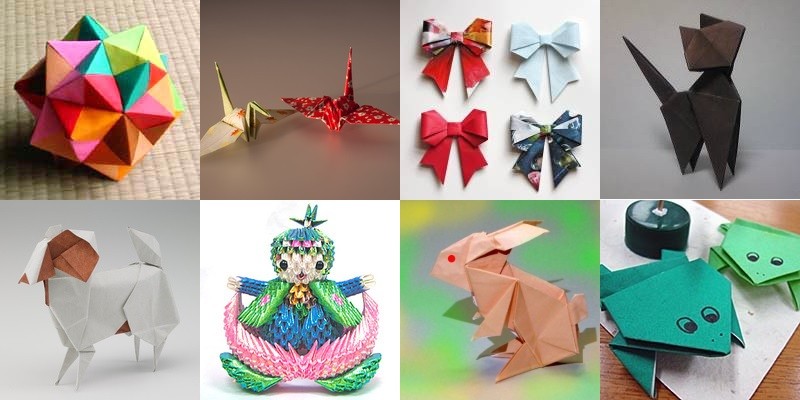
With the new yarn purchased with the money from the sale, her daughter wove another fabric with an impressive finish, selling at a higher price and making the elderly couple wealthy. However, when she secluded herself in her room to weave a third piece, the couple who continued to keep their promise began to wonder how she wove such a beautiful fabric.
Unable to fight her curiosity, the old lady took a peek inside. Where there should have been a girl was a Tsuru. The Tsuru plucked its own feathers to weave between the strands to produce a shiny cloth.
Large portions of the wing had already been ripped off, leaving Tsuru in a sorry state. In front of the shocked elderly couple, the daughter who had finished weaving approached, confessing that it was the crane that was saved.
And as her true identity was discovered, she had to leave. So she turned into a crane and flew into the sky, leaving the regretful elderly couple behind.
Tsuru's wife
This story is kind of an alternative to the previous story, however some things are changed drastically.
In "The Crane Wife", a man marries a woman who is actually a Tsuru disguised as a human. And to earn money, she plucks her own feathers to weave a silk fabric that the man sells, however, she gets sicker each time she does this.
When the man discovers his wife's true identity and the nature of her illness, she leaves him in the same way as in the previous story.
There are also several Japanese stories about men who married kitsune, or fox spirits in human form. Where the fox disguised as a woman, they willingly stay until the husband discovers the truth, and it is at this point that she leaves him.

Fables and Tales
In one of Aesop's Fables, geese and Tsurus were feeding in the same place, when a hunter caught them in his nets. Cranes, having light wings, fled at the approach, while geese, having slower and heavier bodies, were captured.
Pliny the Elder wrote that the Tsurus selected among themselves, one to stand guard while the others slept. The chosen one held a stone in its grip, so that if it fell asleep, it would drop the stone and wake up.
Thus, a crane holding a stone in its claw is a well-known symbol in heraldry and is known as a Tsuru in its vigilance.
Greek and Roman myths often portrayed crane dancing as a joyous love and a celebration of life. So much so that Tsuru was often associated with both Apollo and Hephaestus, gods of mythology.
We recommend reading: 15 Japanese monsters, myths and legends
The Story of Sadako Sasaki
Sadako was a girl who was two years old when the atomic bomb exploded in Hiroshima. And unfortunately, she was only two kilometers from the explosion site. However, for some reason, she was not visibly injured, while her neighbors died.
By all accounts, until 1955, she was a normal, happy girl. However, after a while she began to have several experiences with torture, nausea and fatigue in her routine. So, at one point, Sadako became dizzy to the point of falling down and unable to get up.
And after a consultation at the hospital, Sadako discovered that she had leukemia. A short time later, her best friend, Chizuko, paid a visit. Bringing some paper with you. And told Sadako about the legend of the thousand Tsuru. After hearing the legend, Sadako decided to double 1,000 cranes, with a desire to get well again.
After 500 Tsuru folded, she got better and the doctors said she could go home for a little while. However, at the end of the first week of discharge, the dizziness and fatigue returned and she had to return to the hospital.
But despite being in a lot of pain, she continued to fold origami. However, a short time later, Sadako fell into a sleep from which she would never wake up. At that time, she had folded a total of 644 paper Tsuru.

Monument in honor of Sadako Sasaki
Thirty-nine of Sadako's classmates, saddened by the loss of a friend, decided to form a Tsuru origami club in her honor. Soon, students from 3,100 schools and 9 foreign countries donated money to the cause.
On May 5, 1958, almost 3 years after Sadako's death, the money raised was enough to build a monument in her honor. This monument is now known as the Children's Peace Monument, and is located in the center of the Hiroshima Peace Park, near the place where the atomic bomb was dropped.
What do we learn from cranes?
With this you can see how much the Tsuru has infiltrated cultures around the world. And in Japan it is an even more special case because of the story that has just been told. There are several fables and tales involving this bird. But the symbolism varies as much as the stories.
But I believe most are listed in the article. With a main focus on culture in Japan, of course. But anyway, the important thing is that we clarify how much this bird is linked to culture.
And if you have any questions about Tsuru, just leave your comment. Don't forget to share the site on social media. Anyway, thanks to you for reading the article until the end, bye.



